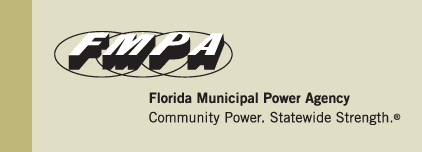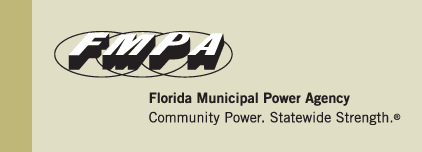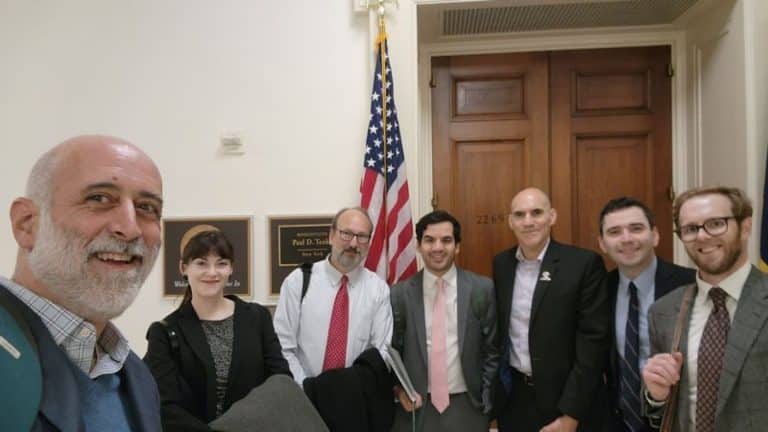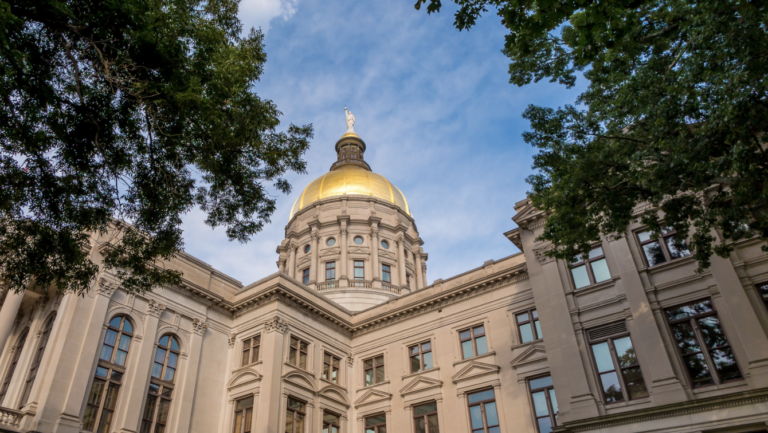 As we approach the middle of 2018, it seems appropriate to reflect on the first half of the year. We’ve seen some big solar projects announced so far this year like the 200 megawatt (MW) project in central Georgia that will be the largest solar farm east of the Mississippi River. But what really stands out to me as a highlight is the set of three projects, a total of 223.5 MW, announced by the Florida Municipal Power Agency (FMPA).
As we approach the middle of 2018, it seems appropriate to reflect on the first half of the year. We’ve seen some big solar projects announced so far this year like the 200 megawatt (MW) project in central Georgia that will be the largest solar farm east of the Mississippi River. But what really stands out to me as a highlight is the set of three projects, a total of 223.5 MW, announced by the Florida Municipal Power Agency (FMPA).
We congratulated FMPA at the time of their announcement.
SACE congratulates FMPA for its impressive addition to solar development in the Sunshine State. With this announcement, SACE projects that Florida’s municipal utilities would collectively have approximately 580 MW of utility-scale solar power by 2021, putting them ahead of North Carolina’s municipal utilities which are anticipated to have 522 MW of solar by 2021.
In addition to the collective progress of FMPA, I also want to acknowledge the solar leadership of the 12 municipal utilities themselves. Earlier this year, we used a watts per customer solar ratio to rank current and projected solar penetration in our Solar in the Southeast Annual Report. The new FMPA announcement will be reflected in our next annual report, but I’m offering this preliminary preview of how those results may look.
| 2017 Solar W/C | 2021 Solar W/C | |
| Alachua | 20 | 1,757 |
| Bartow | 20 | 1,114 |
| Beaches Energy (Jacksonville Beach) | 34 | 366 |
| Fort Pierce Utilities Authority | 33 | 180 |
| Homestead | 35 | 477 |
| Keys Energy (Key West) | 37 | 192 |
| Kissimmee Utility Authority | 25 | 491 |
| Lake Worth | 32 | 435 |
| Ocala | 37 | 256 |
| Orlando Utilities Commission | 124 | 760 |
| Wauchula | – | 1,778 |
| Winter Park | – | 656 |
When the three FMPA solar projects come online by mid-2020, some of these Florida munis are forecast to have among the highest watts per customer solar ratios in the Southeast. Several of them exceed the 4-year growth projections of those seven we designated as SunRisers in the 2017 Annual Report — though only Orlando Utilities Commission (OUC) meets the 100,000 minimum customer criterion for that ranking.
It’s great to see public power entities undertaking ambitious solar programs — in many cases rivaling the achievements of the investor-owned utilities. The first half of 2018 has already indicated that our next Solar in the Southeast Annual Report will continue to exhibit this progress.
#SSR2017



